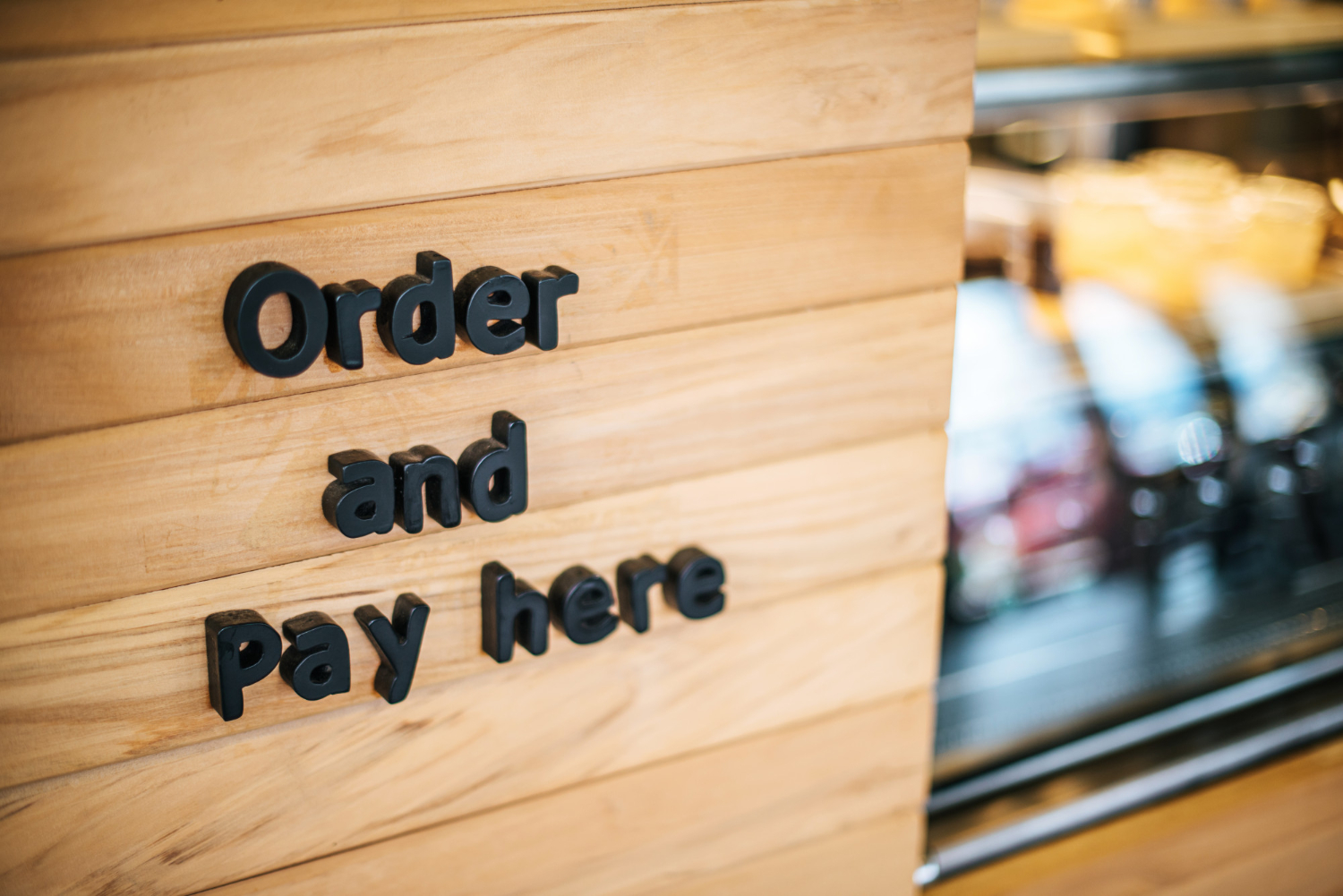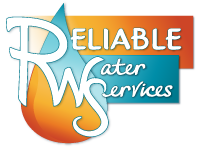Fast-casual restaurants continue to trend despite difficulties in the restaurant industry. How can you make sure your establishment continues to grow?
In the United States, restaurant owners face a 60% failure rate, and yet even during the pandemic, fast-casual restaurants continued to turn a profit. If you’re planning on offering a fast-casual lunch service or business model for your restaurant overall, there are a few considerations to make. These five tips will address these concerns so that your business can be a success.
What Is a Fast-Casual Restaurant?
A fast-casual restaurant is a dining establishment without or with very little table service. These restaurants often appeal to neighborhood locals who are looking for healthier meals with quality ingredients and families in need of cheaper sit-down restaurant options that are child friendly.
Over the last decade, the number of fast-casual restaurants has been steadily increasing, and are predicted to have an incremental growth of $186.27 billion from 2021 to 2026. Because of the way fast-casual restaurants operate, they were one of the few business types that were easily adaptable to the new best practices arising from 2020 and onward.
Fast-Casual Vs. Fast Food
 Fast-casual restaurants are defined by their service, food quality, and cost. They differ from fast food establishments (also known as quick service restaurants or QSRs) because they encourage on-premises dining and don’t have drive-thrus. Elements of a fast-casual restaurant include:
Fast-casual restaurants are defined by their service, food quality, and cost. They differ from fast food establishments (also known as quick service restaurants or QSRs) because they encourage on-premises dining and don’t have drive-thrus. Elements of a fast-casual restaurant include:
- Menu customization options for the consumer.
- Ample and inviting dining areas.
- Prices above fast food but below fine dining.
- No waiters, waitresses, or hosts.
- An informal, family-friendly atmosphere.
- Fresher, less frozen, and better-quality ingredients than fast food.
- On-premises and off-premises dining.
- The option to serve alcohol.
Well-Known Fast-Casual Restaurant Examples
These are a few of the most successful fast-casual restaurants in 2022:
- Chipotle
- Five Guys
- QDOBA Mexican Eats
- BurgerFi
- The Halal Guys
- Schlotzsky’s
- Panera Bread
- Shake Shack
In a nutshell, fast-casual restaurants are the middle ground between fast food and fine dining. As an example, if you were looking for Mexican food, the three types of restaurants available are Taco Bell, a fast food restaurant; Chipotle, a fast-casual restaurant; and Chicago’s Topolobampo, a full-service fine dining restaurant.
Here are five tips you can use to help you run your fast-casual business, increase profit, and keep your customers and staff happy.
Tip #1: Follow Your Business Plan
To reach the shores of success, you need a map to get there. If you find yourself struggling, go back to the basics and review your business plan. Remember why you started this business, what your goals were, and try to find your way again. You may discover you need a new plan to meet new market trends or to accommodate a changing world.
At a minimum, you need to review your business plan once a year and update it when needed. If you don’t have a solid plan, make one now. Wayback Burgers believes a good business plan includes the following:
- An Executive Summary
- A Company Description
- Market Analysis
- Organization and Management Structures
- Product Information
- A Marketing and Sales Plan
- Financial Projections
- A Funding Request (if applicable)
- An Appendix of Supporting Documents
A good business plan not only helps secure financing from lenders, investors, and franchise developers; it is the compass you need to keep your fast-casual restaurant afloat and on course.
Tip #2: Create A Natural Flow
 In a fast-casual restaurant, you must create a natural flow, or current, that informs people’s movements in the most efficient, intuitive way possible. Think of your restaurant as an ocean. Your customers and staff are the tides that come in and out of your establishment. You need to arrange your space so that your current carries customers to the ordering station, to the food pick-up area, into the seating area, and back out of the restaurant. Create smaller currents that direct people to self-service stations for napkins, condiments, or tray and waste disposal. Restrooms should be towards the back but easily accessible.
In a fast-casual restaurant, you must create a natural flow, or current, that informs people’s movements in the most efficient, intuitive way possible. Think of your restaurant as an ocean. Your customers and staff are the tides that come in and out of your establishment. You need to arrange your space so that your current carries customers to the ordering station, to the food pick-up area, into the seating area, and back out of the restaurant. Create smaller currents that direct people to self-service stations for napkins, condiments, or tray and waste disposal. Restrooms should be towards the back but easily accessible.
These people-moving currents ensure your customers aren’t standing around confused, holding a tray of food and wondering where to go next. It keeps the dining area from encroaching into ordering queues. It also keeps your staff from having too many customer questions, which allows them to focus on efficient food delivery and cleaning.
A good flow through your space also creates an atmosphere of calm and a sense of security. Your customers will notice, even if only subconsciously, that they are in a well-planned business, and that will inspire a sense of confidence in the owners and staff.
The flow throughout your restaurant isn’t limited to the front of the house. Your loading areas, outside eating areas, and kitchens should be laid out in a way that best serves expediency and comfort.
Tip #3: Reward Loyalty
Keep your customers happy and wanting to spend money in your fast-casual restaurant by rewarding their patronage. Loyalty programs are marketing strategies used to retain customers. Your customer gets discounts, savings, gifts, or free food, and you get repeat customers, regulars, and good word-of-mouth publicity.
Since 2020, loyalty reward programs have grown into a restaurant must-have, especially with the increase in digital ordering and 3rd party food delivery systems. 84% of customers say they would stay with a brand that offers a loyalty program.
Loyalty reward programs are usually either spending-based or visit-based. You can set up any program you like, and you can use loyalty apps that will also collect sales data for your marketing research.
Chipotle has a rewards program that works on a dollar-spent platform. For every dollar you spend, you receive 10 points. Points can be used on free food, Chipotle merchandise, or charitable contributions. They also offer surprise perks like occasional free drinks and $5 chips and guacamole on your birthday.
Tip #4: Take Care of Your Staff
 Loyal staff can be rewarded, too. You cannot run a successful fast-casual restaurant without a happy staff. From the dishwasher to your executive assistant, your staff deserves to feel valued and respected. If you don’t treat your employees well, you will waste time and money on the logistics of a high staff turnaround. You will also not inspire confidence in your business, which means less customer loyalty and decreased sales, as well as a bad public reputation. Retaining well-trained, excellent staff is crucial to your bottom line.
Loyal staff can be rewarded, too. You cannot run a successful fast-casual restaurant without a happy staff. From the dishwasher to your executive assistant, your staff deserves to feel valued and respected. If you don’t treat your employees well, you will waste time and money on the logistics of a high staff turnaround. You will also not inspire confidence in your business, which means less customer loyalty and decreased sales, as well as a bad public reputation. Retaining well-trained, excellent staff is crucial to your bottom line.
Anyone can leave an online review of your establishment, and complaints about poor management, low pay, and atrocious working conditions can shutter your doors permanently. Your employees are your best brand ambassadors.
Take care of your staff by:
- Using best hiring practices.
- Training your staff well.
- Encouraging suggestions and feedback, and act on some of their ideas.
- Paying your employees a living wage.
- Providing positive feedback.
- Showing your staff respect.
- Building a culture of positivity, health, and cooperation.
- Watching for employee burnout.
- Providing free or discounted employee meals and other perks.
Tip #5: Keep Your Eye on Your Bottom Line
Your fast-casual restaurant won’t survive if you don’t keep the focus on your bottom line. The key to financial success will always be decreasing costs while maintaining quality food and service. If you cut too many corners, your customers and the state Health Department inspectors will know. Here are three areas that you can address to keep costs down.
Reducing Food Waste
- Consider removing menu items that aren’t popular. Smaller menus are trending as customers prefer to order the food they know they will like or items that are easier to take away.
- Identify menu items that cost more but create less profit and consider removing them. Use a food cost formula (total ingredients cost divided by food cost) and inventory journals to find hidden wastes.
- Check to see how much food your customers are throwing away. Do they dispose of sides and garnishes? Are your portions too large?
- How much food is the kitchen throwing away? If you are throwing expired food and ingredients away, then you are overspending on supplies. Try to reduce the gap between supplies needed and supplies used.
Checking Your Expenditures
- Keep your occupancy rental costs between 5% and 8%.
- Make labor and food costs lower than 60% of your sales.
- Keep the number of suppliers to a minimum. Often you can negotiate lower costs if you get what you need from one supplier.
 Go Digital
Go Digital
- The average labor cost for restaurants is about 30%. You can reduce this by opting for automated processes. Increasing your online presence can also increase sales.
- Allow your customers to order online from home, from an on-premises self-serve kiosk, or on an app while they are seated in your restaurant.
- Utilize Google’s “Restaurants Near Me” feature by signing up for a Google My Business free profile. In the United States, 8 million people google “restaurants near me” a month. Your fast-casual restaurant would be part of these searches, and you can accept food orders, post your menu and prices, and have areas for reviews, news, and events concerning your business.
The fast-casual dining experience is becoming more popular than fast food because people want to eat better food made with better ingredients that are customizable to their tastes without spending too much. While the restaurant industry is fickle, restaurant owners who want to open a fast-casual dining establishment can succeed by watching industry trends, providing excellent customer service, reducing costs, watching price points, and offering curated, tasty menu items.

